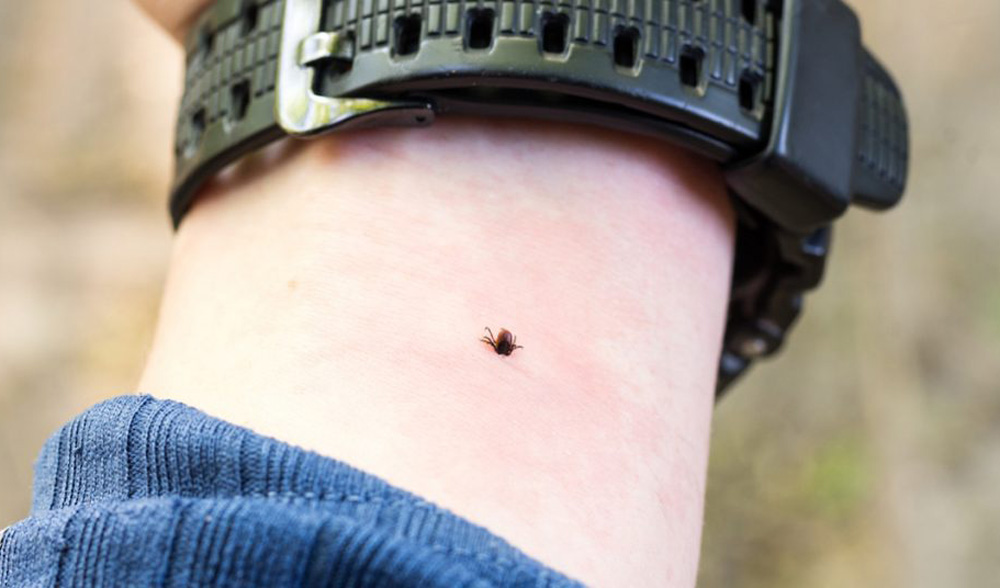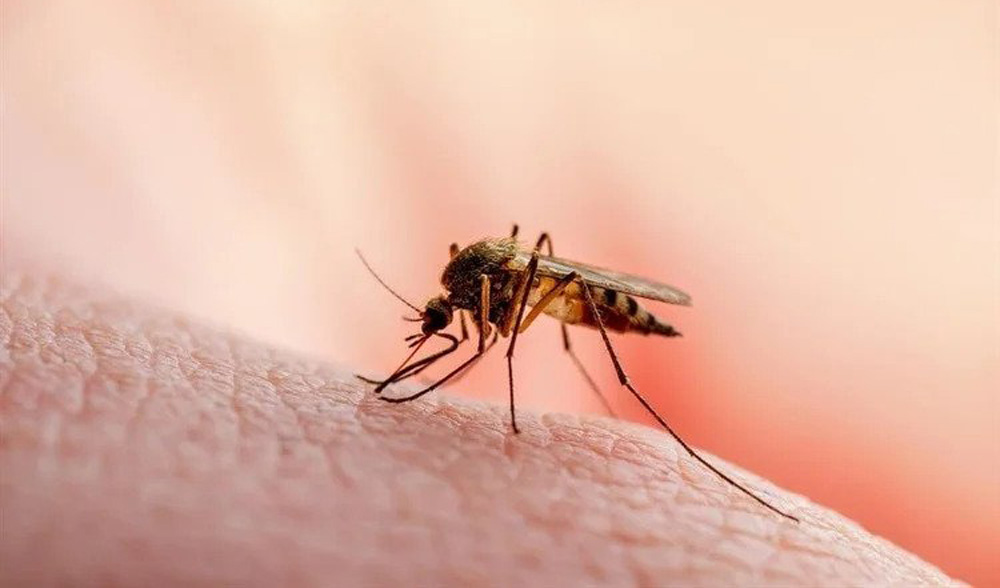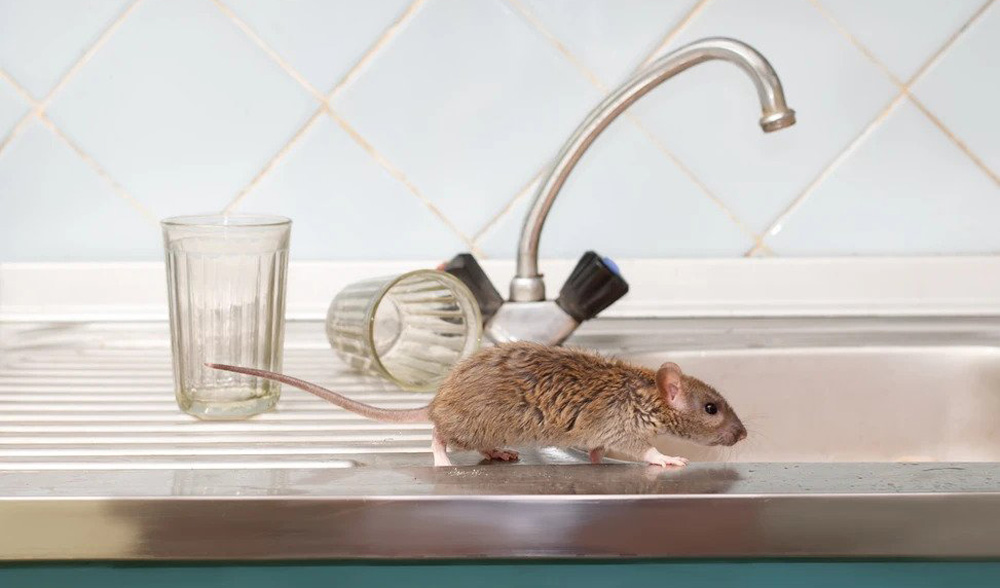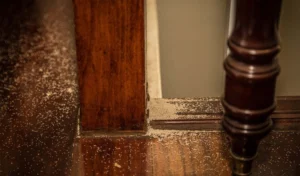Summer, the highly anticipated season, arrives with the promise of outdoor adventures and leisurely pursuits. From engaging in sporting events to enjoying beach outings or embarking on family vacations, there is much to look forward to. However, amidst the excitement, it’s important to acknowledge the accompanying challenges. With the warmth of the season, the presence of pests becomes more noticeable, making summer pest control crucial to address and manage their increased activities around your property.
Pests thrive and become more active during the summer months due to several contributing factors.

- Warmer Climate
- More Reproduction
- Longer Daylight Hours
- People’s More Activities
- More Food is Available
- A Higher Moisture Level
- Life Cycle
Let’s explore how each of these factors contributes to the increased activity of pests during the summer season.
Warmer Climate
During the cold season, pests tend to hibernate due to the dry air, which makes it challenging for them to survive. With less food available and a scarcity of other insects to feed on, pests choose to remain in their nests until the winter season passes.
With the arrival of the summer season, pests become active in their mating, feeding, and growth activities. Warmer climate also increases the difficulty of summer pest control. The abundance of moisture and increased availability of food sources in the environment during summer provide favorable conditions for pests. The warmer temperatures during this season contribute to their reproductive success. Common pests that thrive in hot temperatures include mosquitoes, which are attracted to damp and warm climates, as well as stinging insects, termites and ants.
More Reproduction
Pests utilize the cold season to prepare for reproduction, and they multiply in numbers during the summer. The colder months allow pests to hibernate and gather resources, preparing them for the upcoming reproductive phase when the hot season arrives.
After a period of hibernation, pests emerge from their dormant state and replenish their nests and colonies. The propagation of pests occurs as new hatchlings emerge from eggs, leading to an increase in their population. During this time, soldier pests become highly active, diligently searching for food to sustain themselves and support the growing population. To achieve a successful summer pest control, you need to be prepared for an ever-increasing number of pests.
Summer provides favorable conditions for the active reproduction of flies and rodents. Mammals, being more active during this season, contribute to the increased presence of feces on the ground. Flies are attracted to these feces as a food source and also use them as a suitable environment to lay their eggs. The regrowth of plant leaves, seeds, and grass in summer provides an abundant food source for rodents, leading to a rise in their population as well.

Longer Daylight Hours
The longer daylight hours in summer provide pests with extended feeding opportunities, which makes summer pest control even harder. With more time available for feeding, pests become more active during the summer season, particularly during the day. This prolonged period of daylight allows them to search for food and carry out their activities, leading to an increase in pest presence during the summer months.
Pests can be a nuisance during the summer season, causing inconvenience and potential health risks. They may bite and transmit diseases to humans. As people tend to spend more time outdoors in the summer, they can unknowingly bring pests such as fleas and ticks into their homes. These pests can hitch a ride on humans and pets, leading to infestations that may go unnoticed until they become a problem.
People’s More Activities
During the summer season, as you spend more time outdoors and possibly go on vacation, pests see an opportunity to infiltrate your home. They take advantage of increased human activity and absence to invade your living space. Some common pests that exploit these circumstances include:
- Fleas
- Rodents
- Mosquitoes
- Bed bugs
Unbeknownst to you, you may inadvertently collect pests and introduce them to your property.

More Food is Available
During the summer, the abundance of food sustains various pests, including cockroaches, lizards, ants, spiders, rats, and termites, which become more visible in and around your home. The lush greenery and the interconnected food web chain further contribute to the proliferation of pests, as an increase in rodents can attract predators like snakes.
The simultaneous presence of pests during summer leads to interdependence within the ecosystem, as spiders take advantage of the increased population of flies and capture them in their webs for food, resulting in a natural predator-prey dynamic among different pest species.
Summer’s abundance of food and agricultural growth creates favorable conditions for pests to thrive and infest various areas. With stocked pantries and flourishing crops, pests such as insects, birds, and rodents are attracted to these food sources, leading to increased pest activity during this season.
A Higher Moisture Level
Moisture plays a vital role in the activities of pests, just as it does for other living organisms. During summer, pests thrive due to the availability of warm water vapor, which provides easy access to moisture. The higher humidity levels create an ideal environment for pests to reproduce and feed, contributing to their increased activity during this season.
Life Cycle
Pests, being cold-blooded creatures, are significantly influenced by weather conditions. Their activity levels are particularly heightened during specific stages of their life cycle, which makes summer pest control crucial. Ant colonies, for instance, experience a notable growth spurt during this season, as they strive to expand their populations. The reproductive efforts of pests during summer are driven by the need to ensure the survival of their colonies during the upcoming colder months, when they will enter a dormant state.

Similar to humans, pests also experience increased activity during the summer season. They seek refuge in homes and other structures as a means of finding protection from the harsh temperatures. This natural behavior leads to higher pest presence and potential infestations in residential areas during the warmer months.
The favorable warm conditions promote the survival and rapid proliferation of pests. They have the ability to grow and multiply at an accelerated rate within a short span of time. Summer is the season when pests tend to reproduce extensively before hibernating during the winter. Although not all pests pose a threat, the majority of them do, and it is advisable to seek the assistance of an exterminator before the situation escalates beyond control.
To Sum Up
Summer pest control is easier said than done. Put all your concerns regarding summer pests in the hands of the skilled expert Safe-Killer, a professional supplier of safe and effective killers targeting multiple summer pests. Choosing Safe-killer for an efficient residential summer pest control can greatly reduce the difficulty of dealing with summer pests.
Safe-killer is known for providing low-toxic, highly effective and Safe pest killers and pest control equipment for families to ensure a pest-free environment. Contact Safe-Killer today to make pest control in your home easier than ever.



